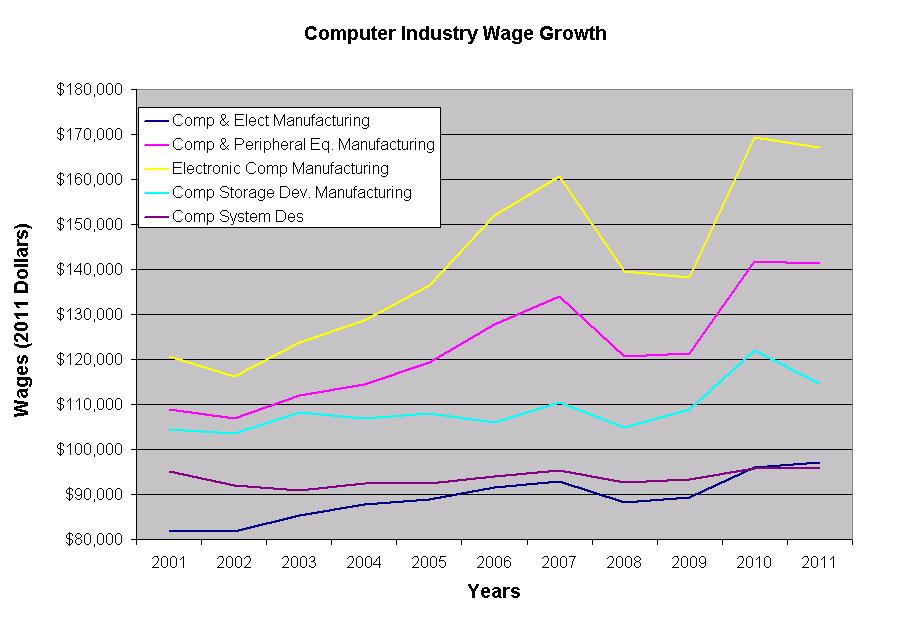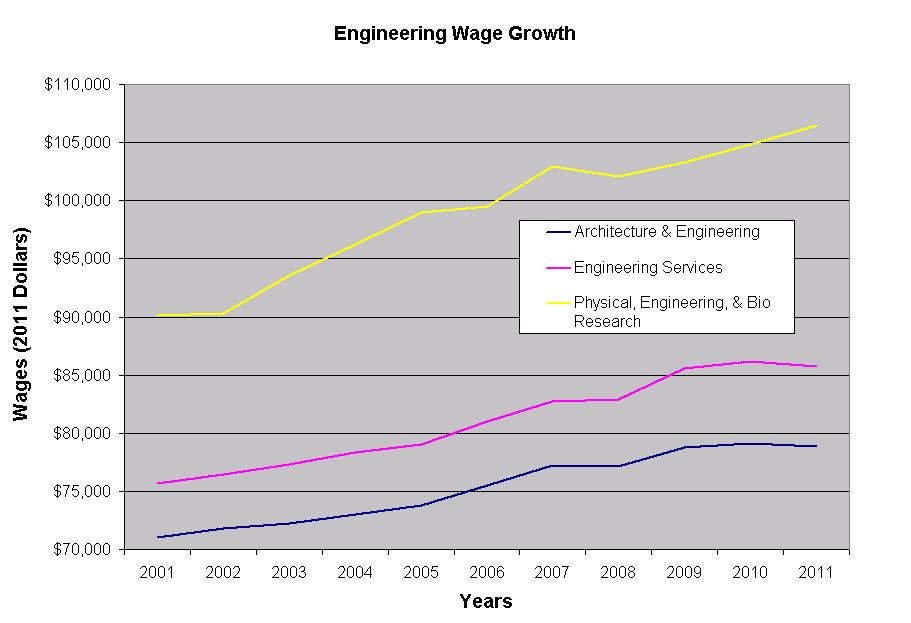A while back, Daniel Costa of the progressive Economic Policy Institute, a think tank that advocates for the interests of poor Americans, did an interesting blog post titled On International Migrants Day, remember that guest worker programs aren’t the solution for immigration reform. This met with a lot of pushback on Twitter, and Costa followed up with a related blog post describing what he considered to be extensive abuses in guest worker programs in the United States (the H2 visa program). Among the stories that Costa linked to were Filipino teachers being conned by a recruiter, workers reporting exploitation by a seafood company in Louisiana that supplied to Walmart, and a negotiated settlement about people under J-1 visas being exploited at work. Based on these and other incidents, Costa is understandably very skeptical of proposals that go by the name of guest worker programs.
I will not commit the moral and strategic error of shrugging off the problems of current H2 visa programs in the US with “not as bad as” trivialization. I think that problems and abuses at guest worker programs, while not the worst thing in the world, are definitely worth putting in the balance when proposing the expansion of guest worker programs. However, I think that Costa’s prescriptions don’t necessarily follow from his observations.
Guest worker programs: tied to an employer?
Most open borders advocates view the keyhole solution of guest worker programs as a half-way compromise, not a desirable ideal (in the jargon of this blog post, they tend to have a (1) > (2) > (3) preference ordering: open borders preferable to expanded guest worker programs preferable to the status quo).
As the guest worker programs page on this site describes, there are many different parameters whose values can be fiddled and adjusted while still staying within the broad category of guest worker programs: the time duration of the program, flexibility in terms of jobs, extent of legal rights, eligibility for citizenship, deportation conditions, and eligibility for welfare benefits being the parameters listed on the page. Of these, the first three (time duration, flexibility in terms of jobs, and extent of legal rights) are the most relevant for considering the problem of worker abuse. The kinds of guest worker program solutions that open borders advocates typically propose are those with essentially unlimited (or periodically renewable) time duration, the ability to switch jobs at will (i.e., not tied to any particular employer), and full legal rights (however, some proponents of these programs oppose some labor regulations per se, like the minimum wage, for natives as well as foreigners). Further, as a general rule, people coming at guest worker programs from an open borders angle oppose quantity caps on the amount of guest worker labor that can be used.
I think that these key elements will lead to abuses of the kind that Costa sees in current guest worker programs becoming more rare. With the status quo in the US, guest worker programs are heavily time-limited and tied to specific jobs. There is also a pretty severe quantity restriction on these programs. This makes it extremely hard for workers to “shop” between employers, both at the time of applying for a visa, and once they are in the US. Their main element of discretion is in whether they choose to come the next year. Even in the status quo, reputational effects and the need for good worker morale check some worker abuses. But with fewer quantity caps, fewer time limits, and the ability to switch between jobs, worker abuses are likely to be lower as workers can “shop” better.
A quick analogy might help. Suppose a particular factory is the main employer in town, and it pays its workers very low wages and has demanding working conditions. Now, a competing factory wants to open up in the same town. Should the residents of that town fear the new factory, based on the rule that factories exploit their workers? Or should they welcome the new factory, in that the competition between the two factories may improve conditions for workers? While the details vary from case to case, I would suspect the latter.
Now, admittedly, the cases aren’t quite parallel, because in the analogy I gave, the population of the town was not changing. But if the creation of a new town just attracts more labor from outside the town, then the effect on wages in the original factory may be smaller (though probably still positive). Even here, though, unless you discount completely the welfare of people who move to the town, the net effect on wages is still expected to be positive.
It might be helpful to look at a blog post from Michael Clemens on migrant labor in the US agricultural sector. Here’s what Clemens says:
If you think these difficult jobs are bad for Mexicans, think about this: 85% of the NCGA’s Mexican seasonal employees last year were repeat employees. They came the previous season, and they chose to come back the following season. It is inappropriate and unfortunate that some labor advocates call H-2 visa jobs “close to slavery.”Slaves had no such choice, and would not have happily gone back to the plantation that owned them. Furthermore, the H-2 visa holders who work for the NCGA are not tied to a single farm: their visa allows them to work throughout the 700-farm network, so that there are opportunities to move if any given farm violates labor standards. Any shortcomings of the H-2 program are not the fault of migration itself; they can be fixed by fixing the program.
I don’t have independent corroboration of these statements, but it does seem to make sense that workers whose visa allows them to switch employment between a lot of farms in a huge network would be less susceptible to the problems of worker abuse. Repeat seasonal migration also creates incentives for employers to treat workers fairly and honestly.
Note: I read through the Red Card solution website, which offers a detailed guest worker program proposal for the US, and I was disappointed to see that the proposal did not address the issue of how this proposal would accommodate the possibility of workers changing employers — would they need to return to their home country to re-apply, or could they change their authorization while still in the US? Continue reading Guest worker programs and worker abuses →


